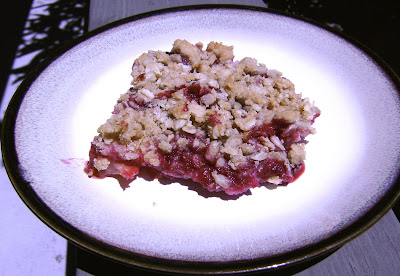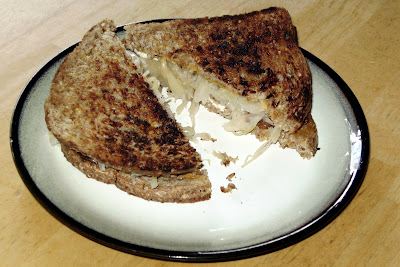
This was originally supposed to be a luscious Indian dal with coconut milk, shallots and curry leaves. But it was raining hard enough on Sunday to deter a supermarket run, and we were out of curry leaves & shallots, and the jar of leftover coconut milk in the fridge that inspired the whole dal idea had developed, shall we say, a very mature aroma. The result: there is absolutely nothing Indian about this soup besides the toor dal (split yellow pigeon peas) and because it relied on whatever we had around, it's taken on more Syrian flavorings: tahini, browned onions, chopped parsley and cumin. It's rib-sticking comfort food, and has been doing an awesome job as warm, motivating breakfast during the first week of bone-chilling rainy weather.
If you don't have toor dal, yellow split peas are fine--you might need a slightly longer simmer to get them soft.
1 cup toor dal or yellow split peas
4 cups water
1 tsp turmeric
3 tablespoons olive oil
1 onion, sliced into thin rings
1 teaspoon ground cumin
2 tablespoons tahini
a teaspoon or so of good kosher salt or sea salt
Black pepper to taste
2 tablespoons chopped parsley
Combine dal, water and turmeric in a medium-sized saucepan and bring to a boil. Skim off the white foam that rises to the top, and simmer 40 minutes, until dal is very soft.
Meanwhile, heat oil over medium-high heat in a cast-iron skillet or heavy-bottomed frying pan. Add the sliced onions and fry, stirring occasionally, for 15-20 minutes, until they start to brown.
When dal is cooked, add the onions, cumin, tahini, salt and pepper and simmer for 5-10 more minutes to thicken the soup and blend the flavors. Garnish with chopped parsley.
















































